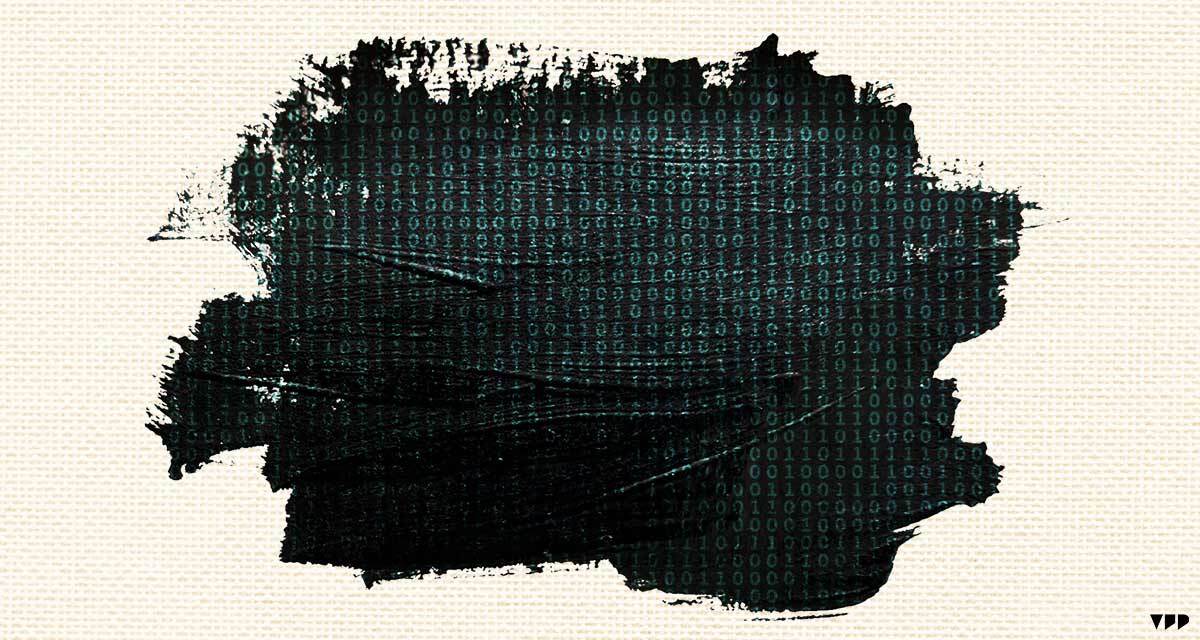AI tries to replace artists
The Future. This year, AI-generative art tools like DALL-E, Stable Diffusion, and Lensa have taken the world by storm and caught the attention of everyday users — AI apps are topping the App Store charts. Now, ChatGPT is a revolutionary step forward, bringing AI into the world of writing, searching, and coding in a way that sounds human. While there are many pitfalls that need to be considered, the best use-case of AI may be in organizing, curating, and streamlining the work already being done by humans.
A helpful hurt
Puck’s Baratunde Thurston wonders if the next great writer will just be an AI creation.
- OpenAI’s new AI chatbot, ChatGPT, which can provide conversational answers to queries and tell stories (in a very rudimentary way), is already being hailed as a disruptive force that could eventually sideline everyone from writers to coders.
- But the tool, in its current form, is far from perfect… and maybe even dangerous. While accurate most of the time, ChatGPT has already shown that it can confidently provide a patently false answer — even for simple questions.
- Also, it can’t tell you from what sources the AI has aggregated and curated its answers — a feature that erases the hard work of the people who wrote the information and destroys the notion of editorial context.
- And because the AI only provides one answer, it’s not even like users can scroll through a series of potential possibilities like a Google search. The bias is that the answer provided is accurate.
In other words, ChatGPT would be docked for plagiarism in any high school English class. But worse, it could provide people in positions of influence who don’t do their due diligence with misinformation, just as we are already dealing with real human-made misinformation.
Commodifying creativity
But back to art. In a profits-at-all-costs economic environment, it’s not hard to fathom how Hollywood studios (at the behest of their corporate parents), brand clients, and tech behemoths could turn to a tool like ChatGPT to do the hard work of creation… even though the AI is trained on the work originally made by humans.
That usage could reduce opportunities, depress wages, and undercut the artists whose work was used to train the AI without their consent. Hollywood unions and creative coalitions should take note, working to code protections in labor contracts and create software that allows artists to opt their work out of datasets (or get paid for their inclusion).
But that’s not to say that these tools couldn’t be incredibly useful as additive tools to human work. Thurston provides several examples where the collaboration between people and AI brought about something greater than what could be made independently. In other words, let humans control the machines, not the other way around.
TOGETHER WITH CANVA
No design skills needed! 🪄✨
Canva Pro is the design software that makes design simple, convenient, and reliable. Create what you need in no time! Jam-packed with time-saving tools that make anyone look like a professional designer.


